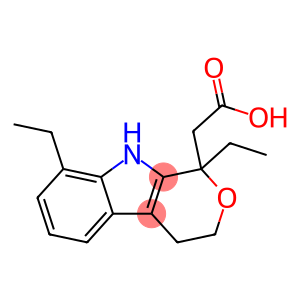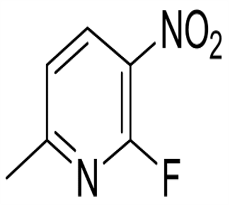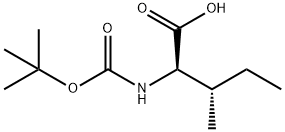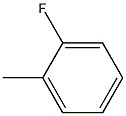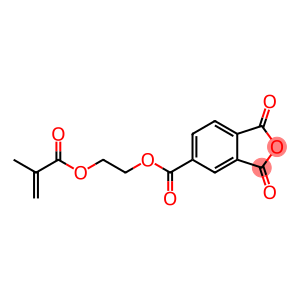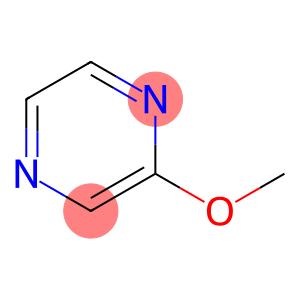Etodolac(CAS#41340-25-4)
| Risk Codes | R23/24/25 – Toxic by inhalation, in contact with skin and if swallowed. R40 – Limited evidence of a carcinogenic effect R36 – Irritating to the eyes R25 – Toxic if swallowed R36/37/38 – Irritating to eyes, respiratory system and skin. |
| Safety Description | S22 – Do not breathe dust. S36 – Wear suitable protective clothing. S45 – In case of accident or if you feel unwell, seek medical advice immediately (show the label whenever possible.) S26 – In case of contact with eyes, rinse immediately with plenty of water and seek medical advice. S36/37 – Wear suitable protective clothing and gloves. |
| UN IDs | 3249 |
| WGK Germany | 3 |
| RTECS | UQ0360000 |
| HS Code | 29349990 |
| Hazard Class | 6.1(b) |
| Packing Group | III |
Introduction
Etodolac acid, also known as nitromethane sulfonic acid or TSA, is an inorganic compound. The following is an introduction to the properties, uses, preparation methods and safety information of etodolac acid:
Quality:
Etodolac is a strong acid that is strongly irritating and corrosive. It is able to dissolve completely in water to form a strongly acidic solution. It is stable at room temperature, but can decompose or explode at high temperatures, when exposed to heat, or in contact with other chemicals.
Uses: It can also be used in the corrosion treatment of metal surfaces, electroplating process and other fields.
Method:
Etodolac is generally prepared by the reaction of nitromethane and sulfuric acid. First, nitromethane is reacted with concentrated sulfuric acid to form etoyl chloride. Etoyl chloride is then reacted with dilute sulfuric acid or water to form nitromethane sulfonic acid.
Safety Information:
Etodolac is irritating and corrosive, and is harmful to the eyes, respiratory tract, and skin. Wear protective glasses, gloves and breathing apparatus to avoid contact with skin and inhalation of vapors. During storage and use, contact with flammables, organic substances, oxidants, etc. should be avoided to avoid dangerous reactions. When disposing of waste, the corresponding treatment regulations should be followed to avoid environmental pollution and personal injury.


